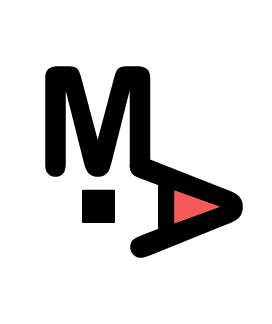“Red 40,” from Reading the Back, C-41 35mm film, 2023
Megan Bainbridge
Share
All the images below are part of an ongoing series entitled “Reading the Back,” where I photograph items found in the grocery store that contain ingredients that are restricted (or at least require warning labels) in countries across Europe due to health concerns.
I obscure the names of the food brands by painting a black and white negative (a homage to cliché verre) and layering it with the C-41 photograph I had taken. As a third layer, I incorporate another black and white negative that I have ink stamped with text that references the ingredient of concern I had found in the food product by reading the ingredients listed on its back.
This project is inspired by a concept from my childhood; whenever my family visited with our family in Germany, my mother would bring along a large, empty suitcase that she filled with chocolate from Germany to bring back to the U.S. When I asked why, she said that even the German chocolates that were the same brand sold in the U.S. had different ingredients because Germany has higher standards for regulating ingredients put in food. As a young adult, I have returned to this concept with questions about what my health would look like if I, too, grew up in Germany and grocery shopped there. On a larger scale, I question the health standards for food sold in the U.S.
Below is the artist statement for the piece "Red 40":
Works Cited
Evich, Helena Bottemiller. “Politico pro: Europe Reaffirms Food Dye Safety Ahead of FDA Study.” Subscriber.Politicopro.Com, Politico LLC, 29 July 2014, subscriber.politicopro.com/article/2014/07/europe-reaffirms- food-dye-safety-ahead-of-fda-study-036814.
Kobylewski, Sarah, and Michael F. Jacobson. “Toxicology of food dyes.” International Journal of Occupational and Environmental Health, vol. 18, no. 3, 2012, pp. 220–246, https://doi.org/10.1179/1077352512z.00000000034.
Ma, Janny. “Food Colours and Hyperactivity in Children.” Food Colours and Hyperactivity in Children, Centre for Food Safety: The Government of the Hong Kong Special Administrative Region, 16 Nov. 2018, www.cfs.gov.hk/english/multimedia/multimedia_pub/multimedi a_pub_fsf_48_01.html#:~:text=From%2020%20July%202010% 2C%20foods,contain%20certain%20artificial%20food%20colou rs.
McCann, Donna, et al. “Food additives and hyperactive behaviour in 3-year-old and 8/9-year-old children in the community: A randomised, double-blinded, placebo-controlled trial.” The Lancet, vol. 370, no. 9598, 6 Sept. 2007, pp. 1560–1567, https://doi.org/10.1016/s0140-6736(07)61306-3.
